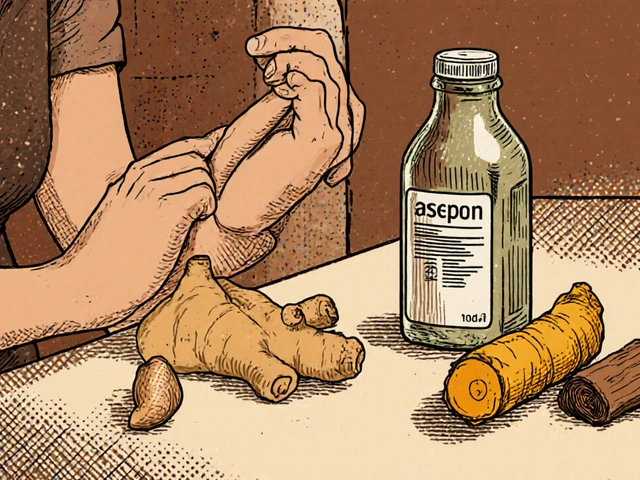Fixed-Dose Combination: What It Is and Why It Matters in Your Medication Plan
When you take a fixed-dose combination, a single pill that contains two or more active medications blended together in set amounts. Also known as combination drugs, it’s designed to make treatment simpler—especially when you need to take multiple drugs for the same condition. Think of it like a pre-mixed smoothie instead of grabbing each ingredient separately. You don’t have to remember to take three pills at once; one does the job. This isn’t just about convenience. For people managing chronic conditions like high blood pressure, HIV, or type 2 diabetes, cutting down on pills can mean the difference between sticking to the plan and missing doses.
Fixed-dose combinations aren’t new, but they’ve become a big deal in modern medicine because they tackle a quiet crisis: medication adherence, how well patients take their drugs exactly as prescribed. Studies show that over half of people with long-term illnesses don’t take their meds right. Why? Too many pills, confusing schedules, side effects. A single pill that combines, say, a blood pressure drug and a diuretic cuts that burden in half. It’s not magic—it’s math. Fewer pills = fewer chances to forget. And when you’re taking a combo for HIV or tuberculosis, missing even one dose can lead to drug resistance, making future treatment harder or even impossible. But here’s the catch: not all combinations are created equal. Some are smart, backed by years of research. Others were rushed to market just to boost sales. And because the doses are fixed, you can’t adjust one drug without switching the whole pill. That’s a problem if your kidney function changes or you start a new medication that interacts with one component.
That’s why drug interactions, when one medication affects how another works in your body matter even more with fixed-dose combos. You might be fine on two separate pills, but when they’re glued together, hidden risks pop up. Like taking a combo with a diuretic and an ACE inhibitor—you could end up with dangerously low potassium or kidney stress. Or mixing a combo with common supplements like licorice or St. John’s wort, which you wouldn’t think twice about. The label doesn’t always warn you about every possible interaction because the combo itself is treated as one unit. That’s why knowing what’s inside your pill is just as important as knowing why you’re taking it.
And then there’s pill burden, the total number of pills a person takes daily. It’s not just about counting tablets—it’s about how much mental energy it drains. People juggling five or six meds a day often feel overwhelmed. A fixed-dose combination can be a lifeline. But it’s not always the right tool. Sometimes, splitting doses or using generics separately gives you more control, especially if you need to tweak one component. The key is asking: Is this combo helping me stay on track—or trapping me into a dose I can’t adjust?
What you’ll find in the posts below are real stories and facts about how fixed-dose combinations work in practice. From HIV meds like Combivir to diabetes pills that cut insulin needs, from hidden side effects like joint pain from DPP-4 combos to how patient advocacy changed access to life-saving combinations. You’ll learn when to question your pill, how to spot risks others miss, and what questions to ask your pharmacist before you swallow that one-pill solution.

Antihypertensive Combination Generics: What’s Available and How to Get It
Learn which antihypertensive combination generics are available, how much they cost, why insurance might not cover them, and how to get the right one for your needs. Practical guide for patients managing high blood pressure.
Read More




